The Data Portfolio is a compendium of particle physics classroom activities organized by Data Strand, Level of student engagement, Curriculum Topics and NGSS Standards. Follow the links provided for information about using the Data Portfolio to plan your students’ experience. Level descriptions explain the data analysis skills that students apply at each level: tasks in Level 0 are simpler than those in Levels 1 and 2. Click on the links below to learn more.
We encourage you to visit this webpage often as we frequently update it with new activities and resources. Examples include adding an activity that incorporates data from World Wide Data Day, Spanish language translations of several activities, and activities that support data science through coding skills development either as stand-alone activities or as a resource for existing DAP activities.
All materials are available under the Creative Commons CC BY-NC-SA 4.0 license.
| Activity Name | Data Strand | Level | Curriculum Topics | NGSS Practices |
|---|---|---|---|---|
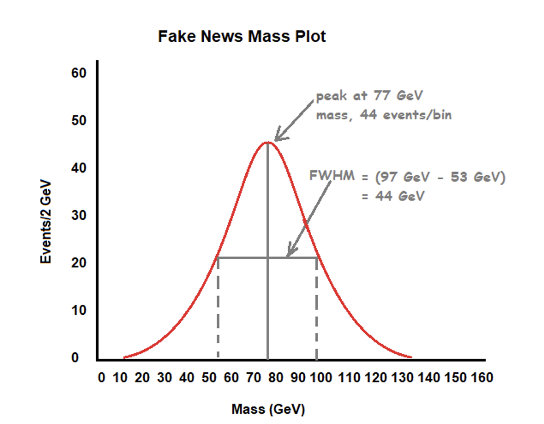 Plotting a Consensus
Plotting a ConsensusThe purpose of this activity is to come to a consensus for the “best” value for the mass of the Z Boson. |
LHC | Level 0 | Conservation Laws, Nature of Matter, Standard Model, Skill: Graphing, Skill: Histograms | 3, 4, 5 |
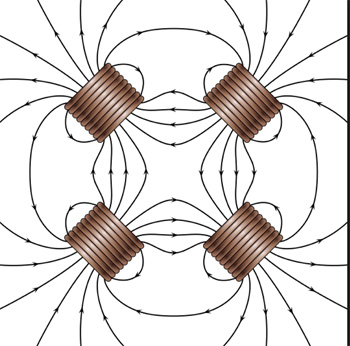 Making it ‘Round the Bend - Qualitative
Making it ‘Round the Bend - QualitativeStudents explore the effects of electric and magnetic fields on particles. |
LHC | Level 1 | Electricity & Magnetism, Kinematics, Spanish Language | 1, 2, 3, 4, 6, 7 |
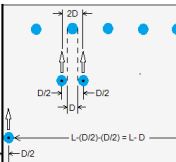 Rolling with Rutherford
Rolling with RutherfordStudents use statistics to make an indirect measurement they can easily confirm. |
Cosmic Ray, LHC | Level 1 | Nature of Matter, Skill: Developing Models, Skill: Histograms, Skill: Uncertainty, Spanish Language | 1, 3, 4, 5, 7 |
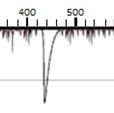 Signal and Noise: Cosmic Muons
Signal and Noise: Cosmic MuonsIn this introductory tutorial, students learn about how to distinguish muon signals from background and instrumental noise. |
Cosmic Ray | Level 1 | Instrumentation, Quantum Mechanics, Waves & Interference, Skill: Histograms, Skill: Uncertainty | 4, 5, 6, 7, 8 |
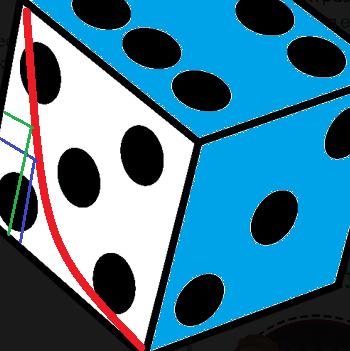 Mean Lifetime Part 1: Dice
Mean Lifetime Part 1: DiceRolling dice serves as the model for decaying particles. |
Cosmic Ray, LHC | Level 1 | Half-Life/Mean Lifetime, Skill: Developing Models, Skill: Histograms, Spanish Language | 2, 4, 5, 7 |
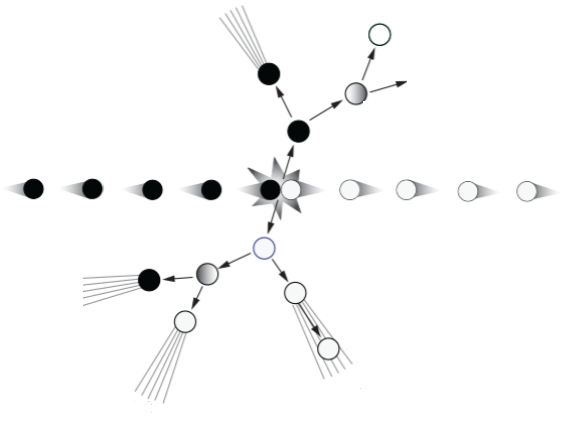 The Case of the Hidden Neutrino
The Case of the Hidden NeutrinoStudents use momentum conservation to examine the decay of top-antitop pairs to determine what is missing from the event. |
LHC, Neutrino | Level 1 | Conservation Laws, Skill: Developing Models, Skill: Uncertainty, Spanish Language, Special Relativity, Standard Model | 2, 4, 5, 6, 7 |
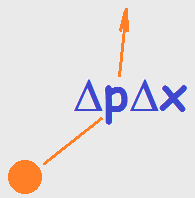 What Heisenberg Knew
What Heisenberg KnewHeisenberg knew that, at the quantum level, we cannot know everything, at least not all at once. Students explore uncertainties in measurements of complimentary variables to find this out for themselves. |
Neutrino | Level 1 | Kinematics, Quantum Mechanics, Skill: Coding, Skill: Developing Models, Skill: Graphing | 2, 4, 5, 6, 7, 8 |
 Histograms: Uncertainty
Histograms: UncertaintyStudents construct histograms, identify the best value to represent the data, and report the uncertainty in their answers. |
Cosmic Ray, LHC, Neutrino | Level 1 | Skill: Developing Models, Skill: Histograms, Skill: Uncertainty | 4, 5 |
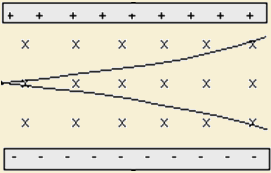 Energy, Momentum, and Mass
Energy, Momentum, and MassStudents examine data to find how energy, momentum, and mass are related. |
Cosmic Ray, LHC, Neutrino | Level 1 | Conservation Laws, Electricity & Magnetism, Skill: Developing Models, Skill: Graphing, Special Relativity | 2, 4, 5, 7, 8 |
 QuarkNet STEP UP: Careers in Physics
QuarkNet STEP UP: Careers in PhysicsLesson #2 in QuarkNet STEP UP Series on encouraging the study of physics. |
Level 1 |